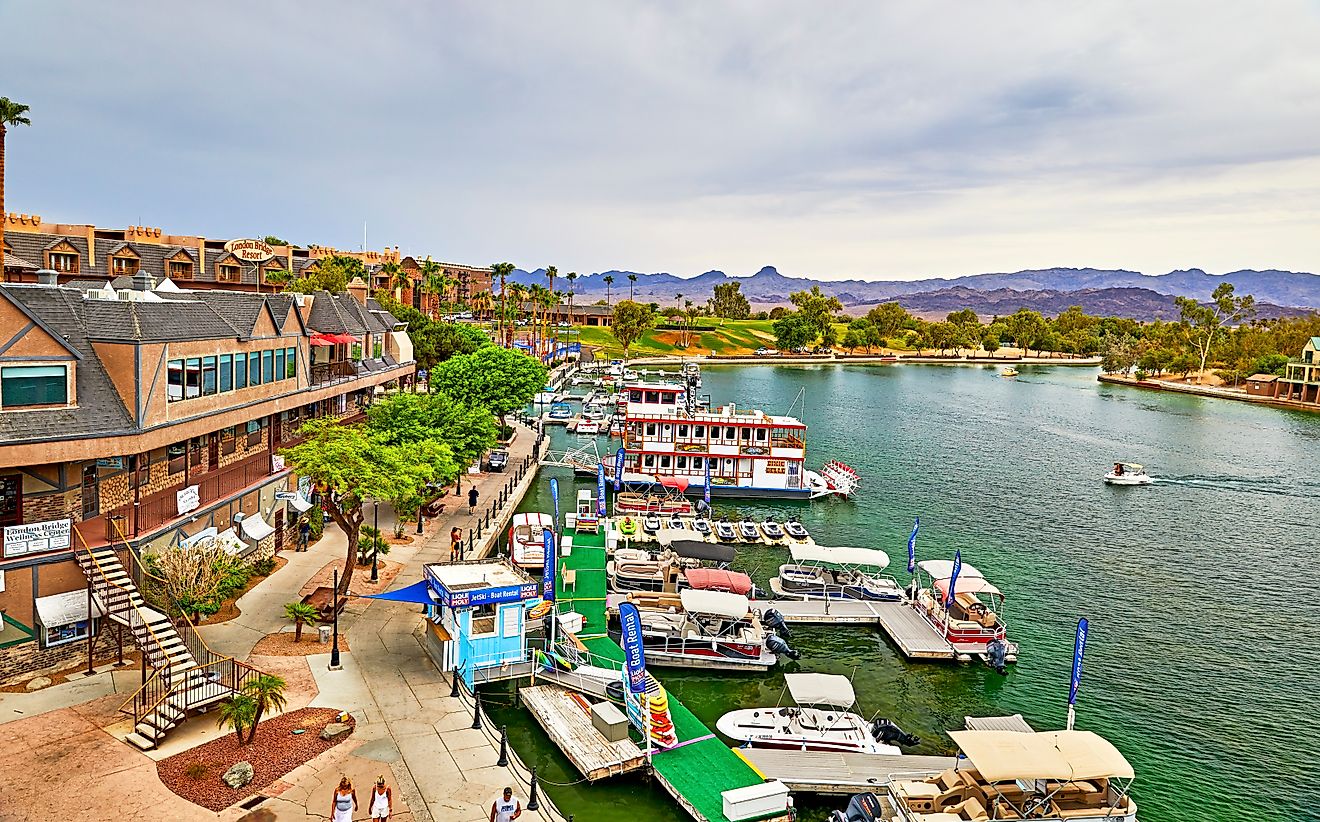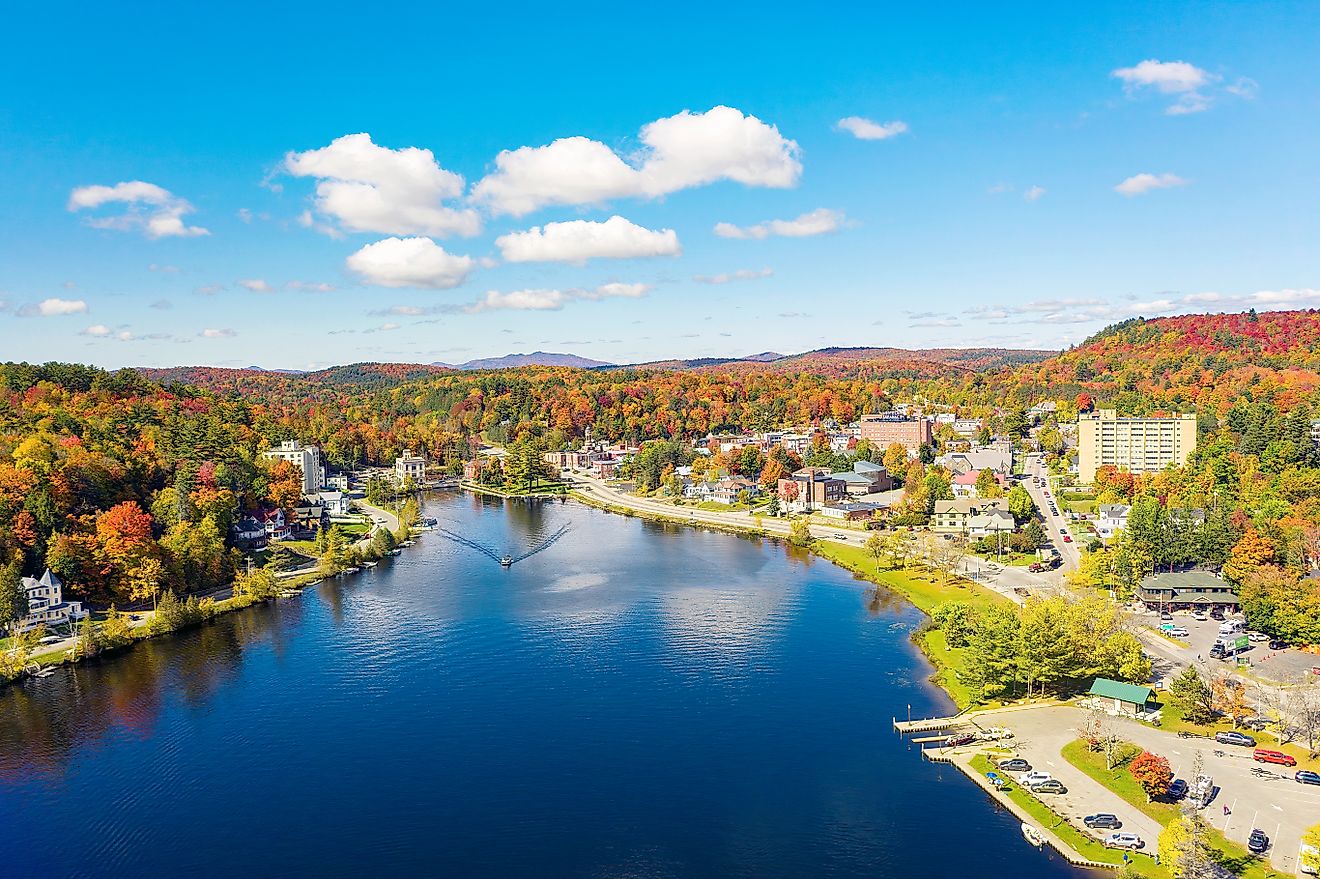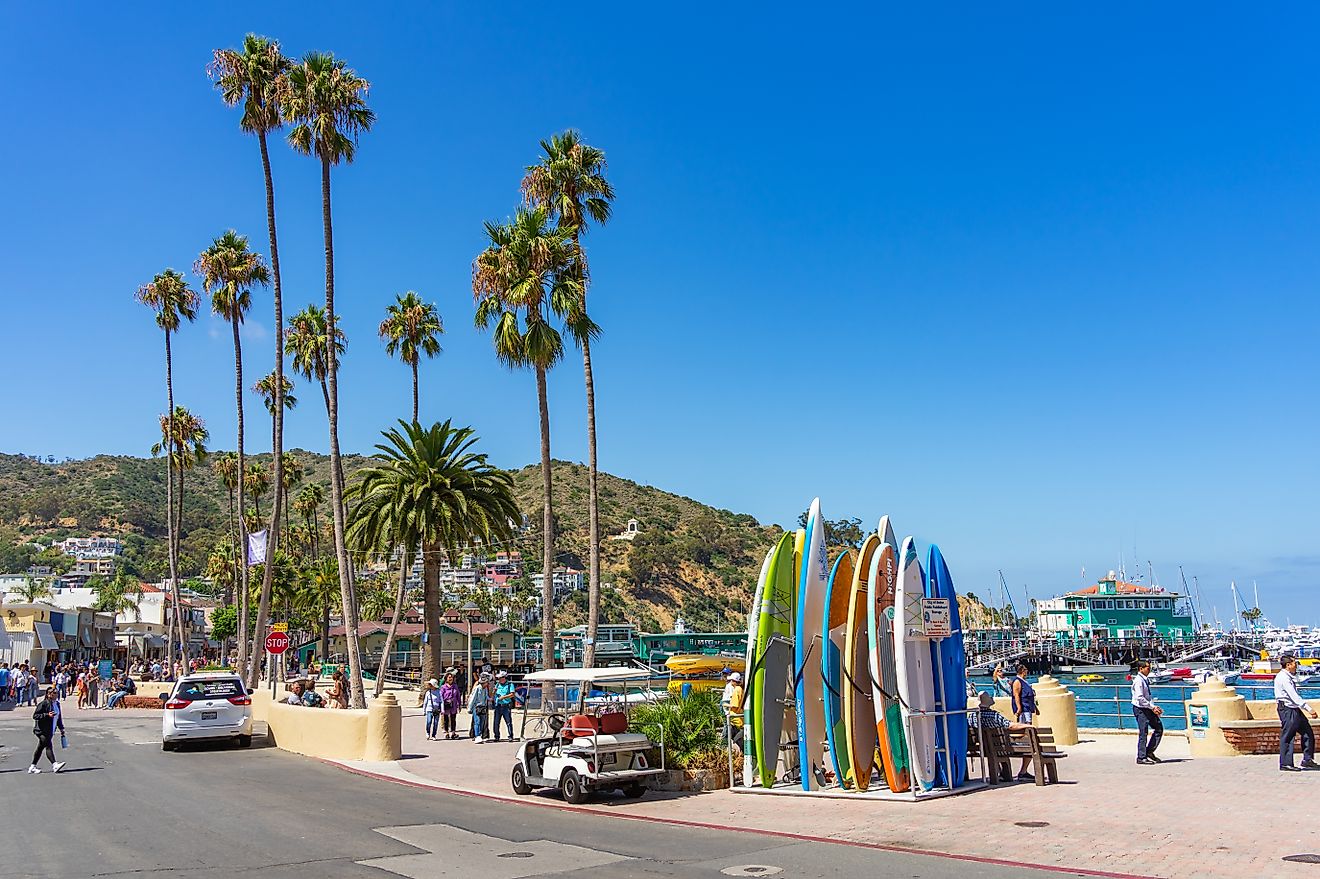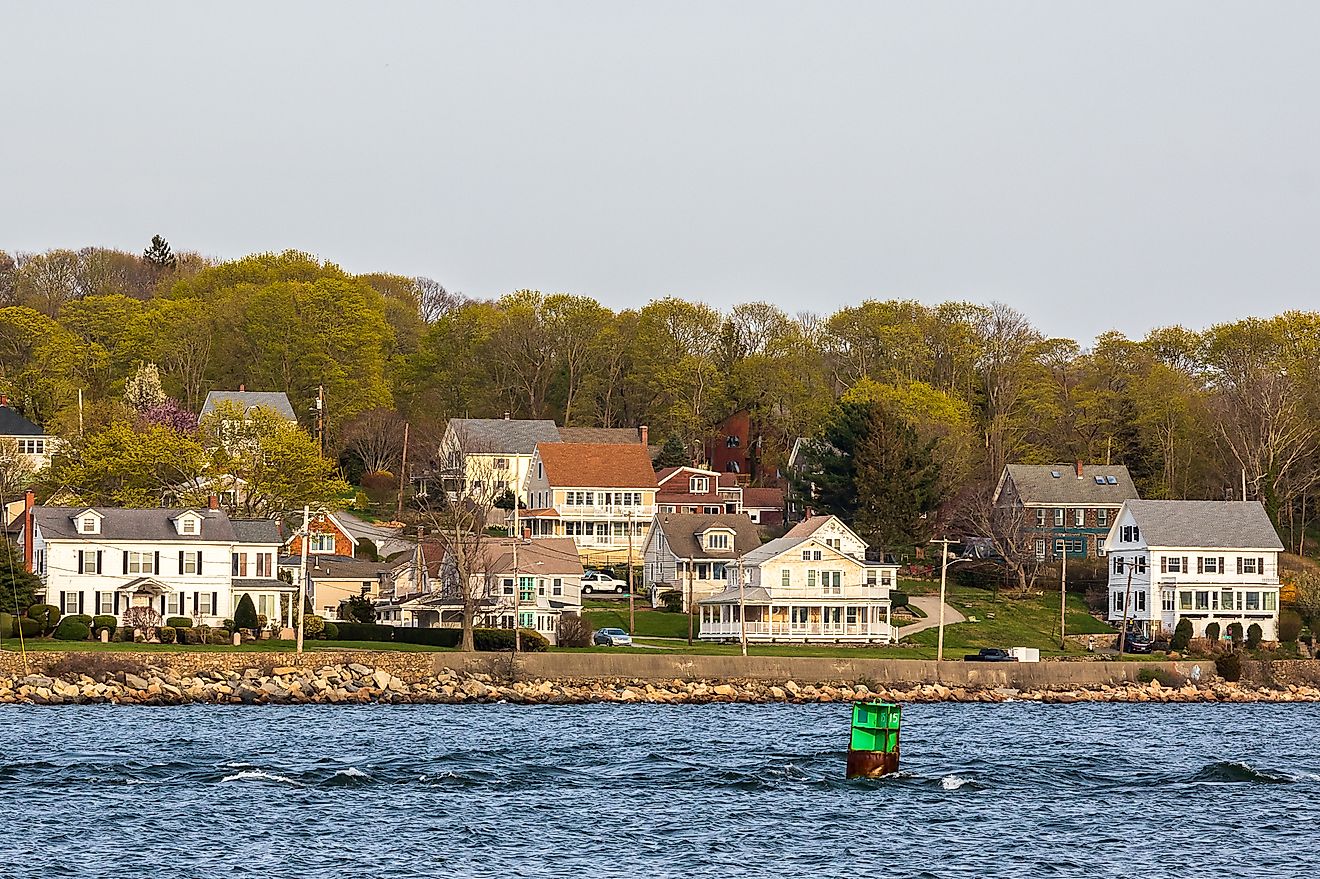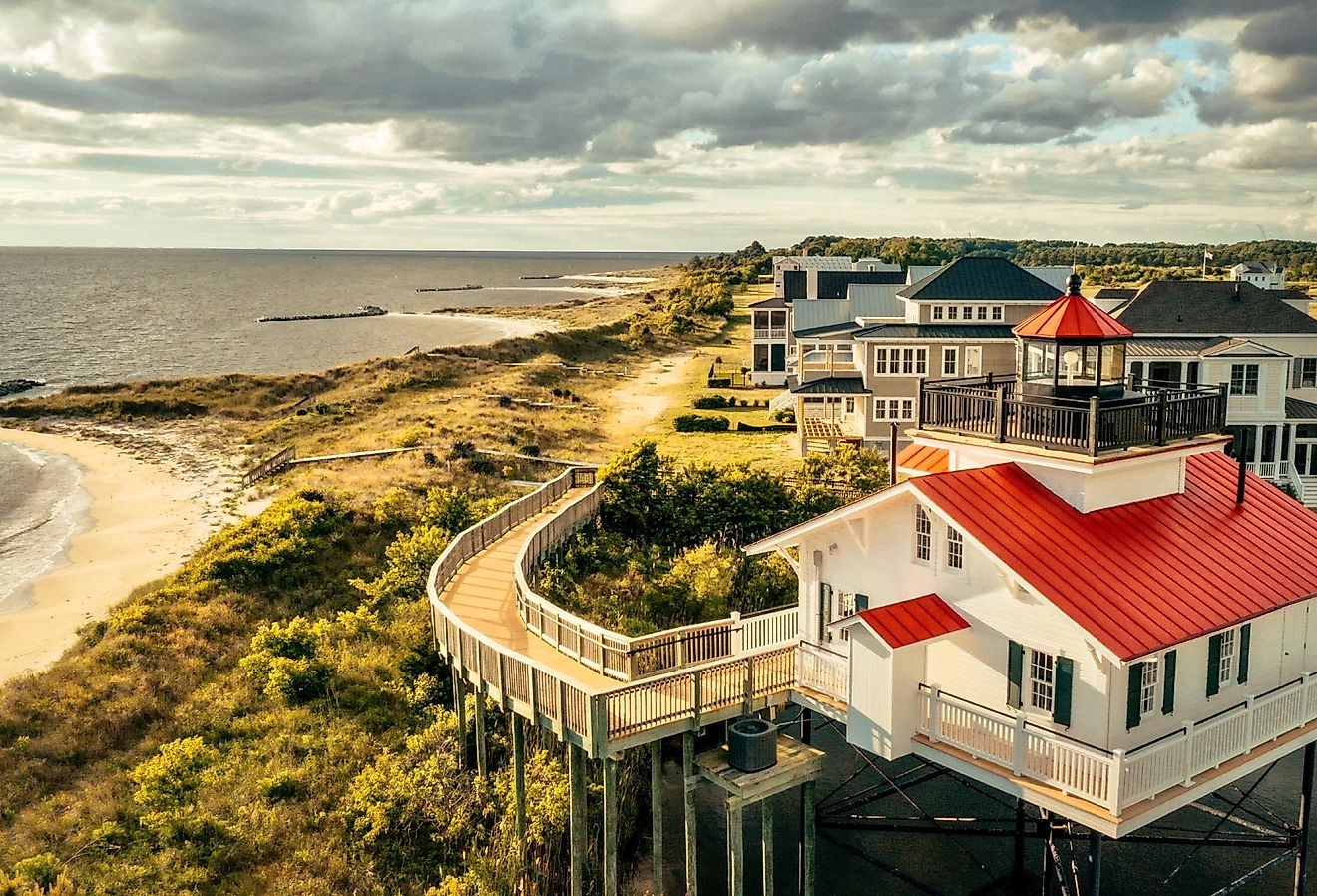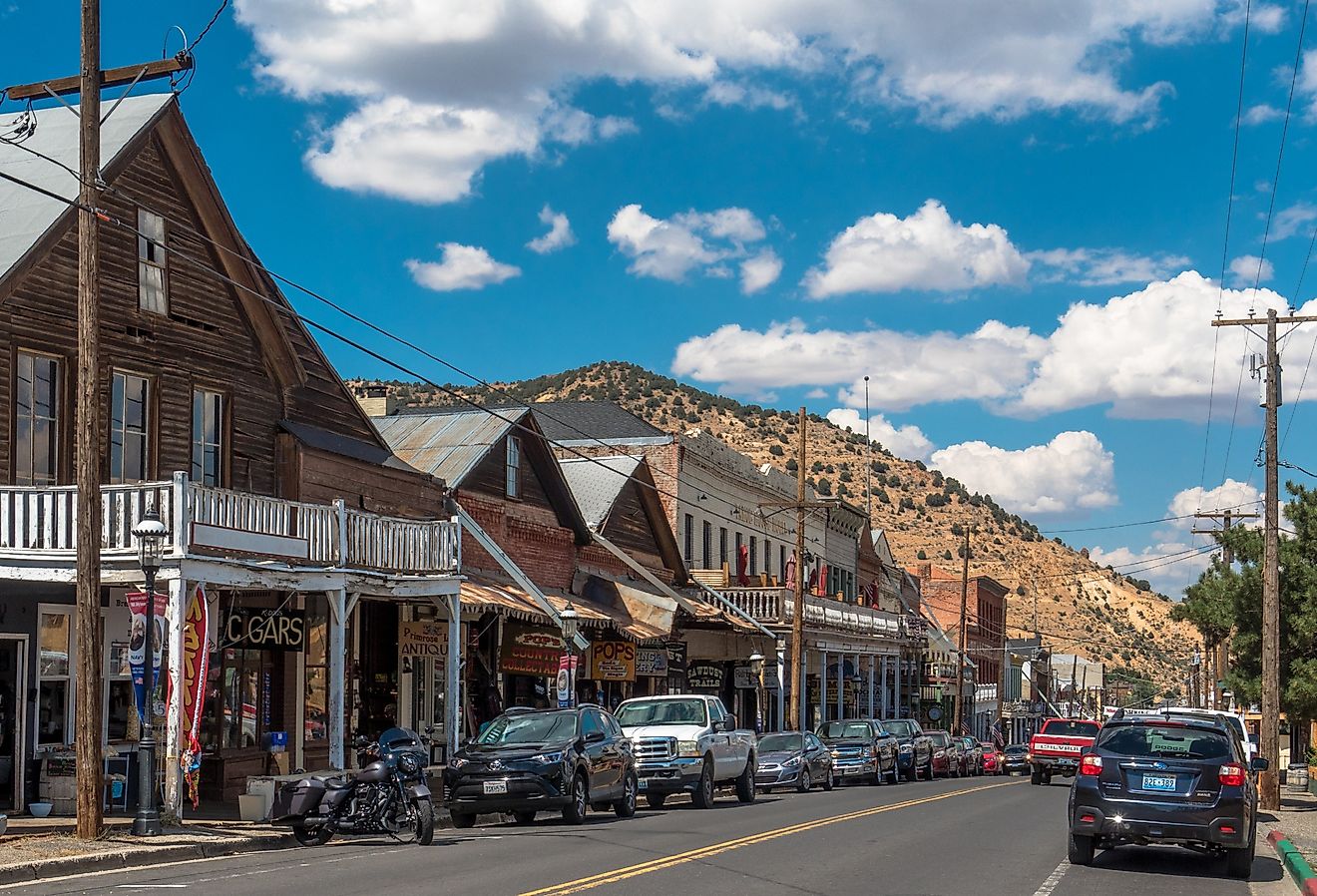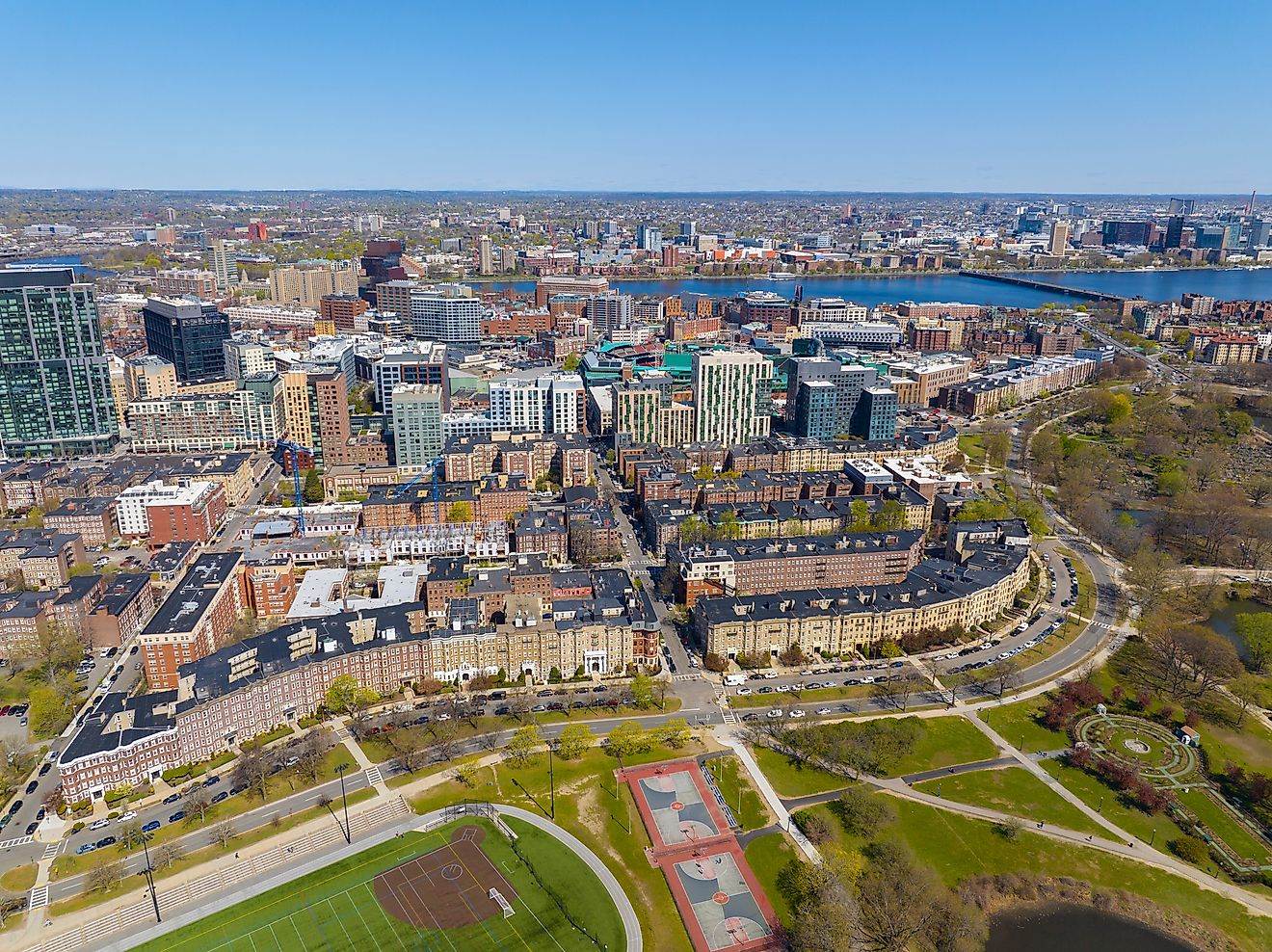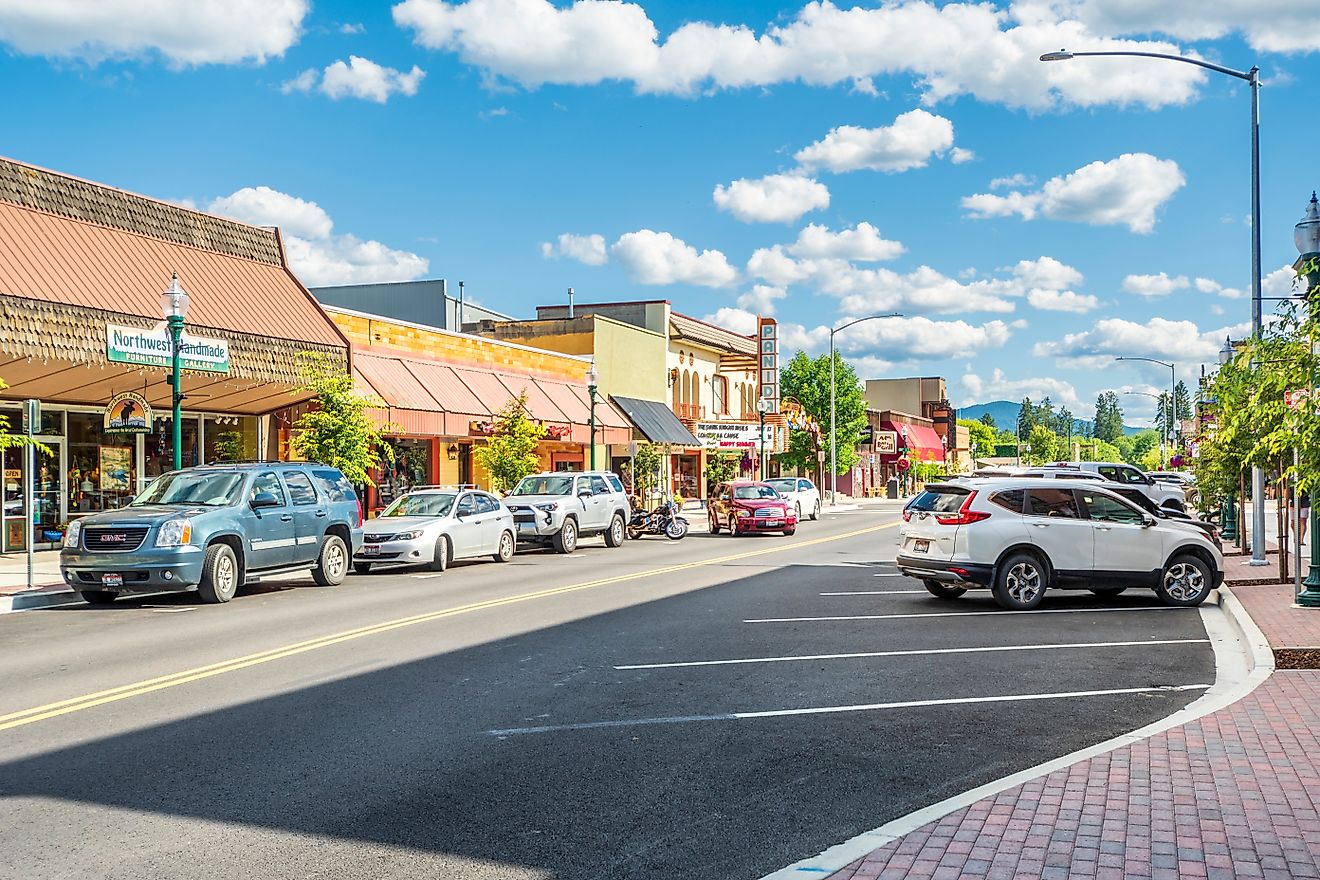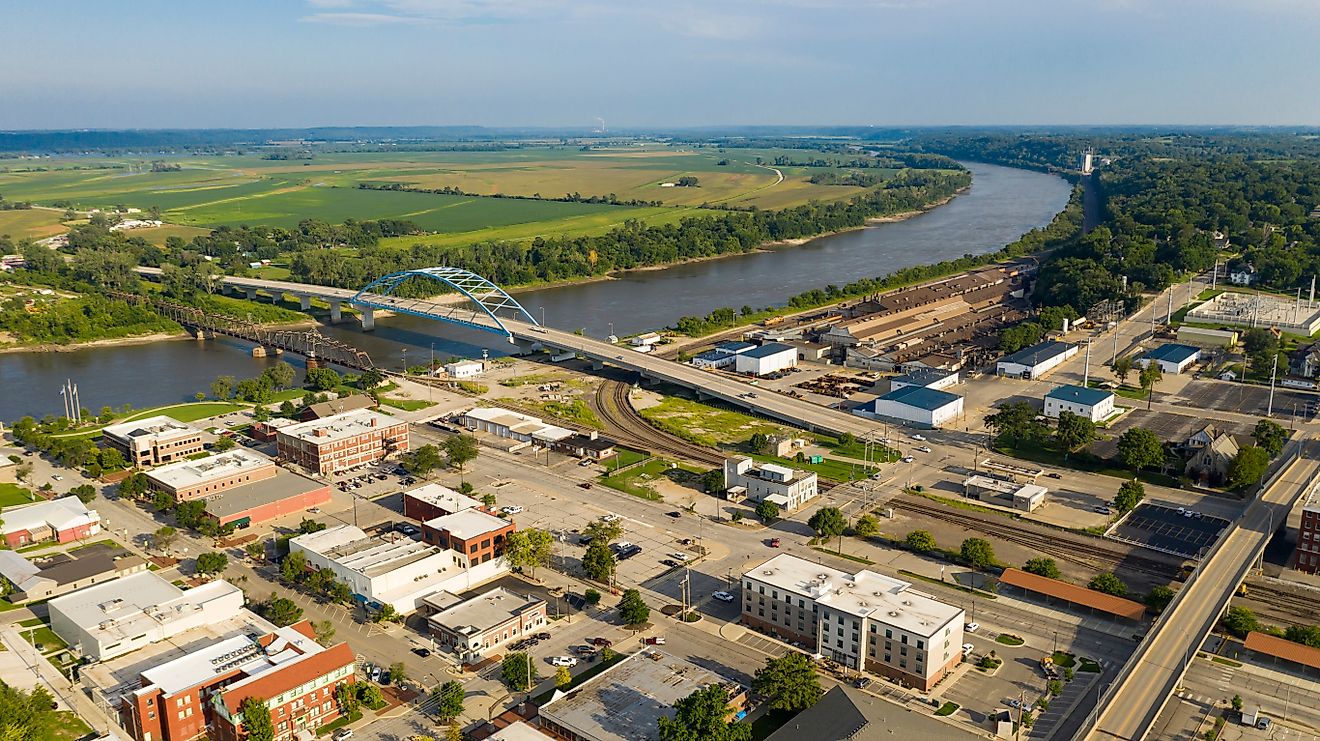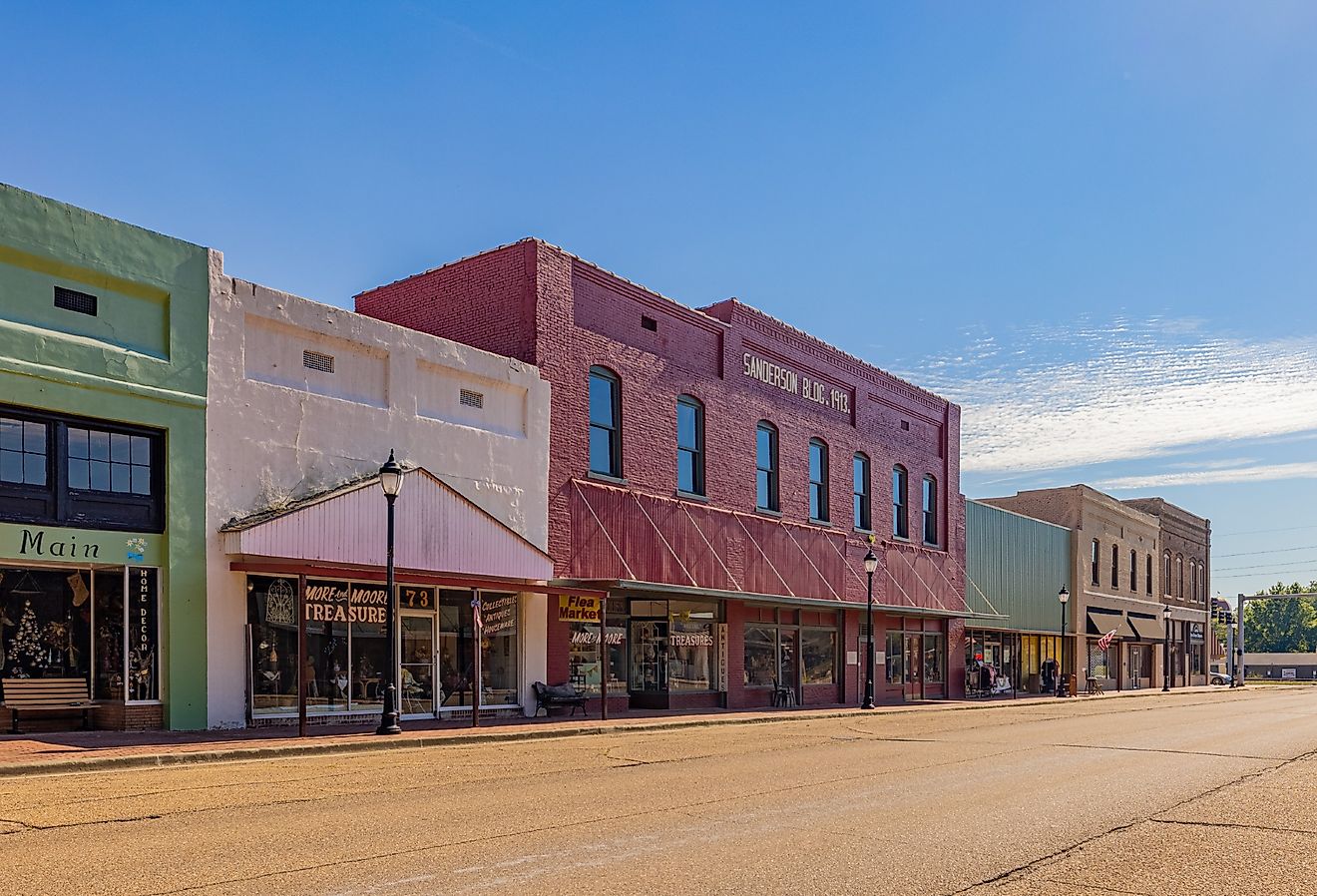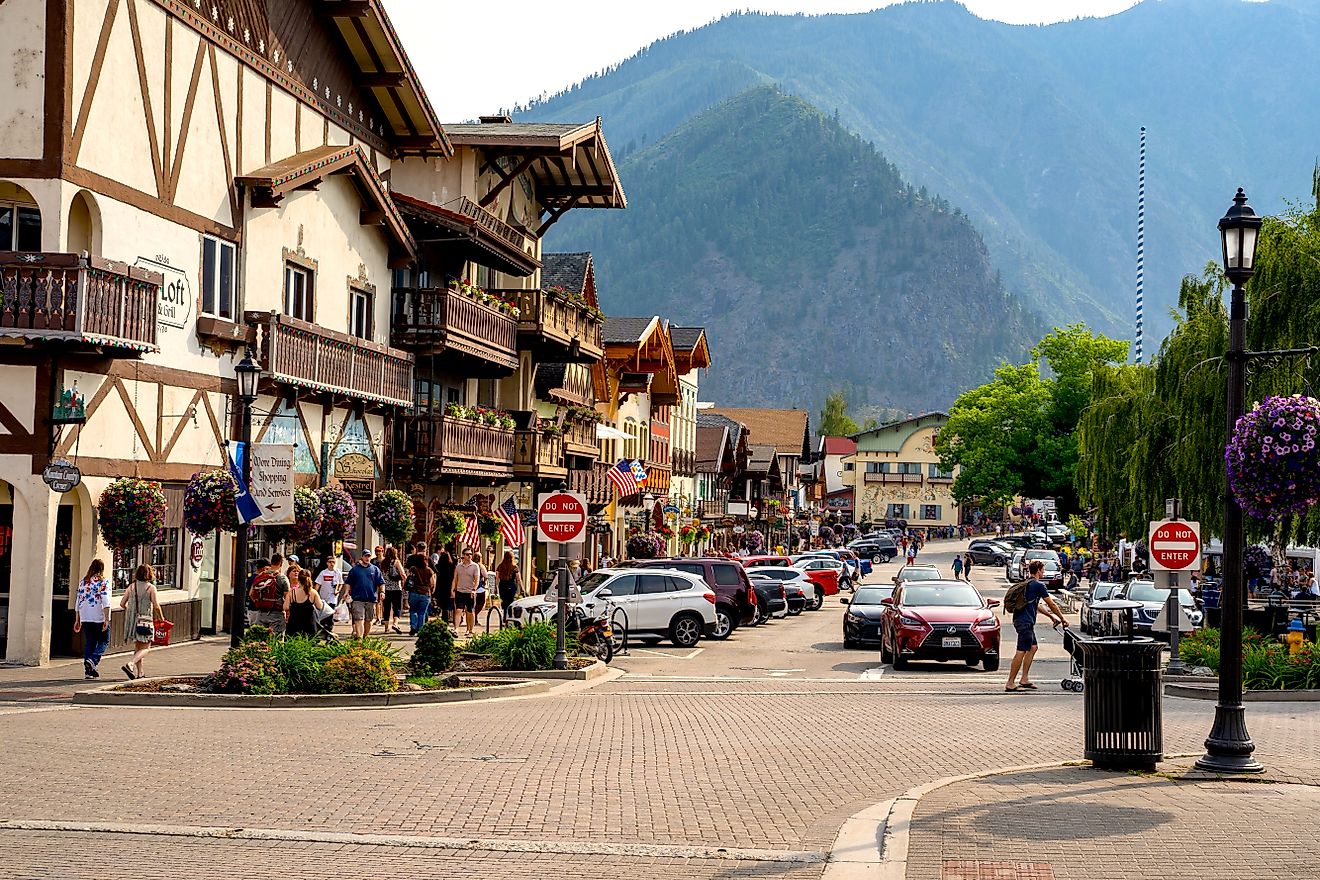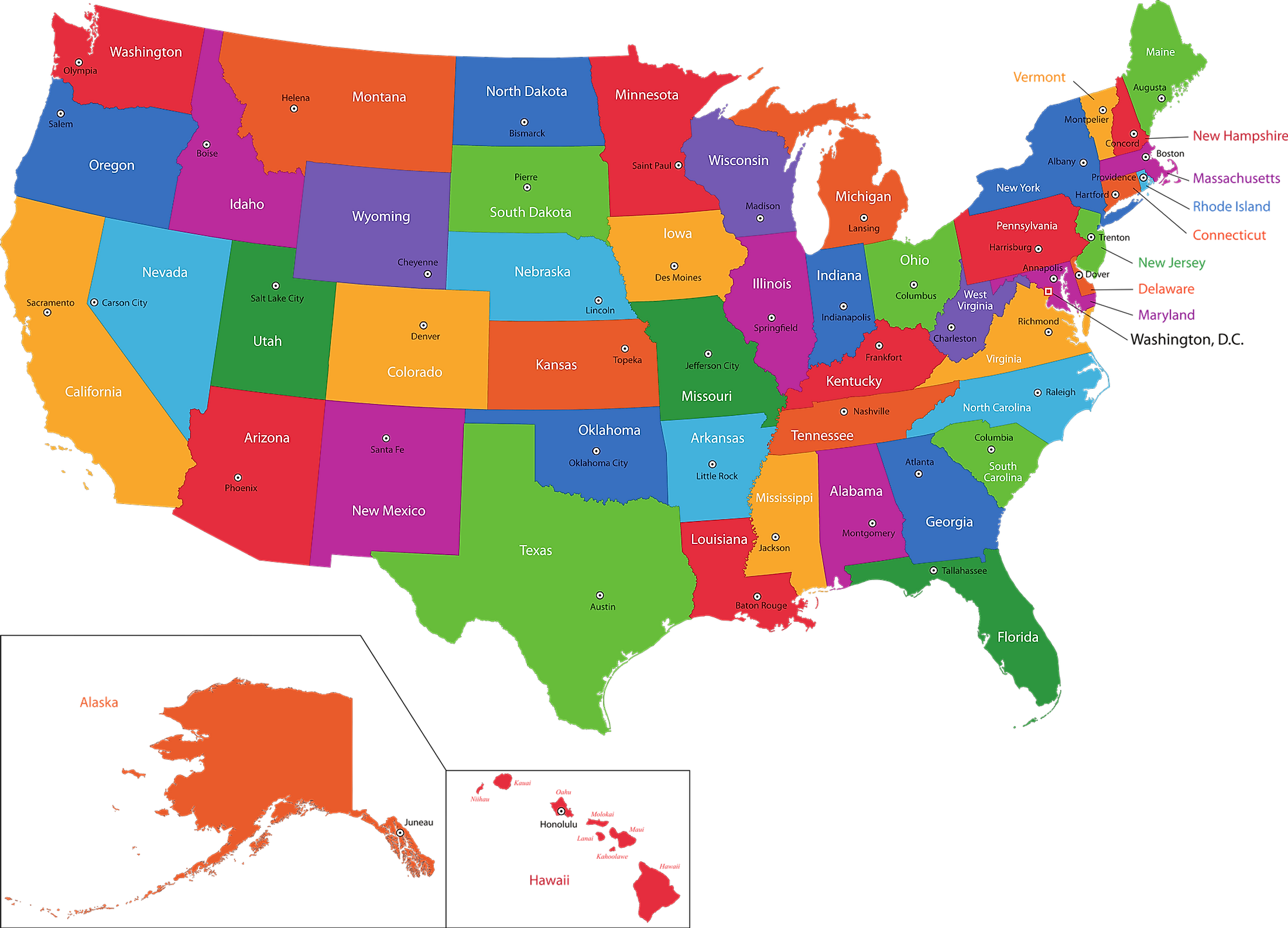
Capital Cities Of The United States
As its name implies, the United States of America is composed of different states, 50 to be exact. There are 48 contiguous states in what is known as the Continental United States. Two other states, Alaska and Hawaii, are physically separated from the Continental United States, the former by land belonging to Western Canada, and the latter by the Pacific Ocean. The United States is a federal republic. The US Constitution delegates certain powers to both the federal government and the state governments. The federal government of the United States is based in a federal district known as Washington DC (District of Columbia), but the governments of each state are based in what are known as the state capitals.
List Of State Capitals Of The United States
The Role Of State Capitals
State capitals exist for the same reason that national capitals exist. That is, to be the seat of government. Hence, just as the US federal government keeps the main organs of its executive, legislative, and judicial branches in Washington DC, so too does each state keep its own executive, legislative, and judicial branches in its capital. Whereas the President of the United States resides in the White House, the executives of the state governments, normally called governors, have their own residences in their respective state capitals. These residences are normally called governors’ mansions.
How Were The State Capitals Chosen?
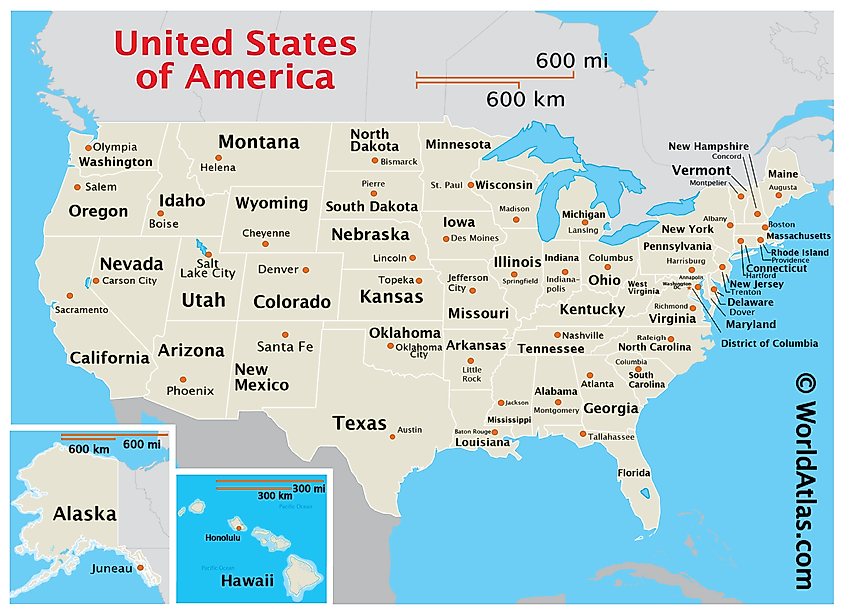
Choosing a state capital has historically been a tricky task. Some state capitals were chosen for strategic reasons. For example, in 1777, the capital of Delaware was moved from New Castle to Dover because the latter was centrally located and provided protection from British raiders on the Delaware River during the American Revolutionary War. Tallahassee, the capital of Florida, was also chosen because of its central location. In 1824, when Florida was still a US territory, its leaders chose Tallahassee to be the capital because it was located midway between St. Augustine and Pensacola, which were the two principle cities in Florida at the time.
In many cases, US states had their capitals based in different cities before their present capitals were established. For instance, Alabama had five different capitals until Montgomery became the capital in 1846. In California, the designation of a capital took five years, beginning in 1849, when the first State Constitutional Convention was held at Colton Hill. Just a month later, legislators moved to Pueblo de San Jose, where they stayed until May 1, 1851. In January 1852, legislators moved again, this time to Vallejo. Just a few days later, they moved to Sacramento. They stayed there for a year, then went back to Vallejo, where they stayed for a month before moving to Benicia in February 1853. Finally, the capital was moved back to Sacramento on February 25, 1854, where it has remained since.
There are also instances in US history where a state had two capitals. Delaware, for example, had two co-capitals, Hartford and New Haven, from 1701 to 1875, after which the former was made the sole capital. When it was under Spanish rule, Florida also had two capitals, one in St. Augustine, and the other in Pensacola, because at the time, the future US state was divided into two separate regions. Even today, Maine’s government is not entirely based in the state capital, Augusta. The principle office of the state supreme court is still based in Portland, which was Maine’s capital until 1832.
The task of choosing a state capital has historically belonged to each state’s government, or the government of what would become a US state in the future, as many of the state capitals were chosen before the states to which they correspond achieved statehood. There were instances, however, where the choice of a capital was put to a popular vote. Pierre was chosen as South Dakota’s capital following a referendum in 1890, beating its competitor, Huron. Denver was Colorado’s temporary capital when the latter achieved statehood in 1876, but a state referendum was held in 1881 to determine whether Denver should be the permanent capital, with five other cities also contesting. Denver ultimately won with two thirds of the vote.
Small State Capitals

More often than not, the state capital is not the state’s largest city. For example, it would be easy for people to assume that New York City is the capital of the state of New York because it is the state’s biggest city, not to mention the largest in the United States. But this is not the case. The capital of the state of New York is based in the city of Albany, and has been there since 1797. Yet, Albany is only the sixth largest city in the state. Some state capitals barely qualify as cities. Pierre, South Dakota has a population of just 14,000 (est.), while Augusta, Maine, has just 18,500. The smallest state capital is Montpelier, the capital of Vermont, which has just 7,855 residents. It is also true, however, that most of the small state capitals are located in states that have smaller populations themselves, relative to other US states. The aforementioned state of Vermont, for instance, is the second least populous state in the entire country.
Large State Capitals

Some US state capitals are large, but only in rare cases are they the largest cities in their respective states. The largest state capital in the entire United States is Phoenix, the capital of Arizona. It boasts a population of about 1.7 million, which makes it both the largest city in Arizona and the fifth largest city in the country. Columbus, the capital of Ohio, is also the largest city in its state. The population of Austin, Texas, which is the second largest state capital, is nearly 1 million, though that is significantly less than Texas’ largest city, Dallas, which has a population of more than 1.4 million. Sacramento, the capital of California, which is the most populous state in the country, has just 525,000 (est.) residents, paling in comparison to Los Angeles, California’s biggest city and the second biggest in the United States, with a population of nearly 4 million.

